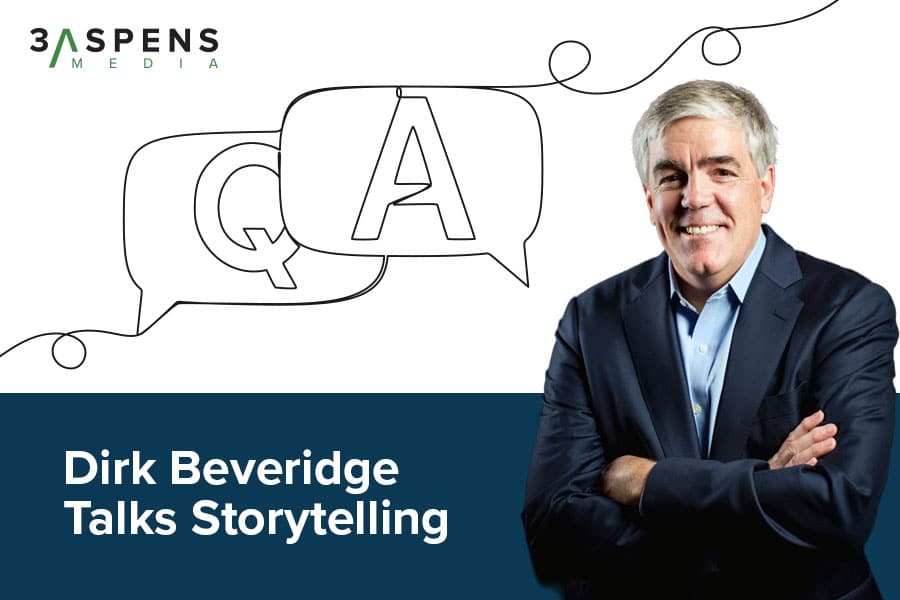Stories are powerful. They transcend generations, connect us through emotion and help us make sense of the world.
Are you struggling to stand out in a busy B2B market?
Breaking through the noise today is hard. And with the rise of AI content tools, it’s only getting harder. In a world inundated with information, from good sources and bad, how do we ensure our messages are heard?
At 3 Aspens Media, we do this through storytelling. That’s because we believe storytelling is the best way to set yourself apart – infusing real people, experiences and personality into your articles, videos and case studies.
Storytelling is the oldest and most powerful form of communication. It’s been crucial for human survival, as it’s how we’ve relayed important information, shared triumphs and warned of threats. It’s how each generation connects, educates, entertains and inspires those who follow.
Storytelling also connects with people on a deeper level: It moves them to act.
But don’t take our word for it. See what renowned speaker and champion for the distribution industry, Dirk Beveridge, has to say about the power of storytelling.
Dirk Beveridge on Why Storytelling is an Effective Strategy in Distribution Success
Recently, 3 Aspens Media president Lindsay Young discussed the power of storytelling in sales and marketing with Dirk Beveridge, founder of UnleashWD, executive producer at We Supply America and president of the Beveridge Consulting Group.
Dirk not only has decades of experience helping distributors strengthen their sales and leadership strategies to outperform in the market, he spent the last three years traversing the country talking to people behind the scenes.
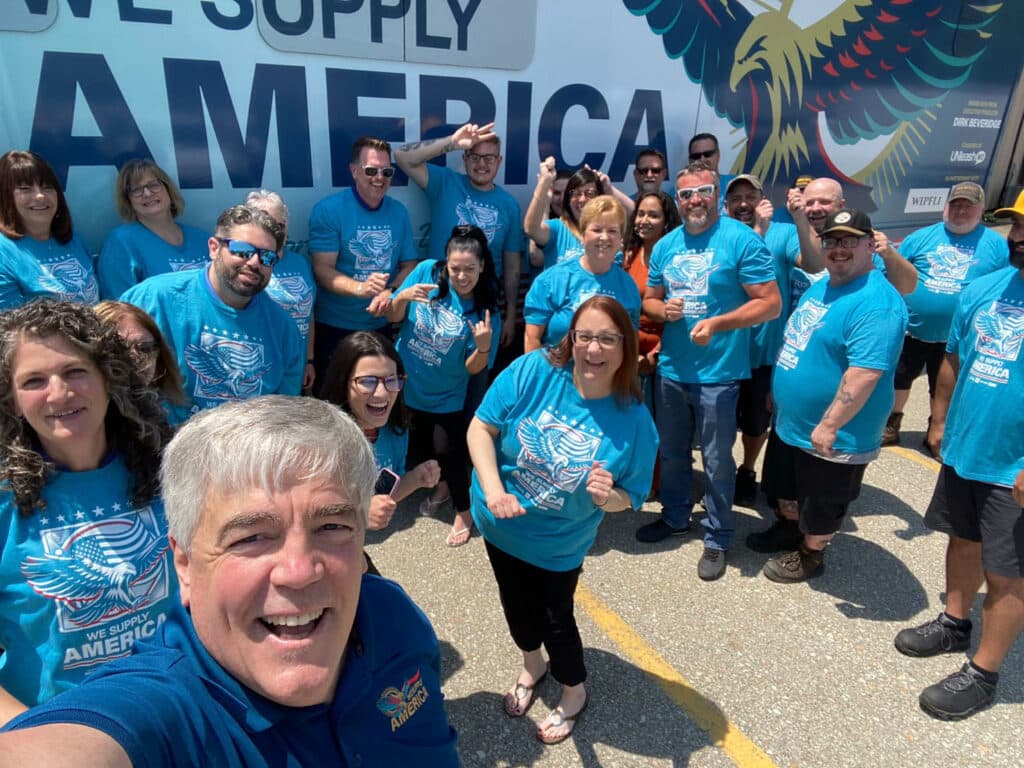
What did he take from those conversations?
He discovered that these businesses are more than supply networks, they are hubs for nurturing purpose and potential within their people. We asked him to talk about why he sets out in his We Supply America RV every summer – and why those stories matter.
Lindsay Young: Dirk, you just completed season three of We Supply America, traveling across the country, visiting distributors and listening to their stories. You’ve also produced eight films from the tour each year, which are well worth checking out at wesupplyamerica.net.
What inspired you to create We Supply America?
Dirk Beveridge: At the onset of the pandemic, the government came out and said, go home for two weeks to flatten the curve. Somewhere between the two weeks and two years of flattening the curve, I wrote an open letter to distributors called Shift to Tomorrow. The purpose was to lift our eyes to the horizon, to help us think about the individual and our companies and ask: What do we need to do to come out of the pandemic stronger than we went in?
That open letter was the first time that I used the words, “The noble calling of distribution.”
I never used those words before. It wasn’t premeditated, so I had to stop and think about its meaning. When you think of how essential distribution is to society, it’s as noble as can be. Distribution is an $8 trillion economic engine, the third largest engine on the planet. It creates over 6 million jobs that are meaningful, provide purpose and fulfillment. Everything in this world goes through the docks of distributors. I have this fundamental belief that not only is distribution noble, but the individuals within those businesses are doing noble work. I uncovered the secret sauce of the independent family- and employee-owned distribution business: They are a force for good.
I uncovered the secret sauce of the independent family- and employee-owned distribution business: They are a force for good.
Dirk Beveridge
Young: Today’s topic is the use of storytelling in sales and marketing. And with the distribution industry being so large, it sounds like your challenge and mission are to put a face to this industry. Why do you believe reaching people through stories is the most effective way to help them in the business world?
Beveridge: Yesterday, I Googled “how to thread a needle.” And Google served up 63 million information sources on how to thread a needle, in three seconds.
This is representative of the world we live in. Information is a commodity; information has been democratized. There is an overabundance of information. The question becomes, how can those who want to communicate break through? That is the power of storytelling. Pure information isn’t enough to move people to act.
Think of Martin Luther King Jr. He didn’t just give facts about inequality in our country. He built a story and narrative that individuals could latch onto and see themselves in. That is what drove people to action.
Steve Jobs didn’t just talk about speeds and feeds, bits and bytes. That’s not enough to move people. He built a narrative around creativity and thinking differently.
Stories connect individuals. Stories compel action. Stories break through the overabundance of information and connect with the individual. It’s part of the reason I love to be invited by associations and companies to speak to emerging leaders at their annual events.
We Supply America is unique. It’s authentic. It puts the viewer at the center of these breakthroughs so that people can relate to it. It’s their stories that break through the clutter and the noise with the added benefit of connecting emotionally with the individual.
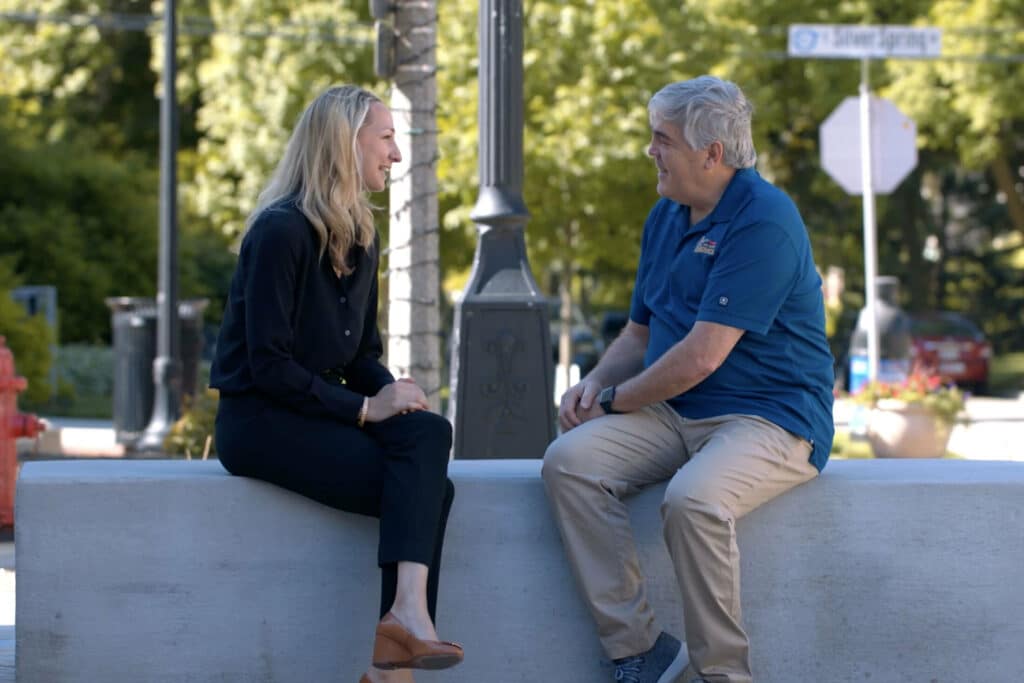
Young: Over the last few years, you have gone deep into critical topics like transforming your approach to leadership, including building a stronger culture by doubling down on your family culture. These are phrases that could become white noise but you are making them stick by sharing these stories. Can you talk about those moments?
Beveridge: In a KOA outside of Detroit, I was getting ready to film for the first time. I had no idea what I was going to discover. I knew it was so important to discover what makes these businesses so damn noble. What I discovered was profound. Not only were these businesses essential and noble; their people-first cultures were real and their businesses were thriving.
I’ve been to a lot of warehouse distribution centers but when I go there, I don’t see the racks or product on the shelves. That’s noise to me. What I see are the people on those warehouse floors. They don’t just pick, pack and ship. What I’ve discovered is that these businesses are platforms for the personal and professional growth and fulfillment of human beings.
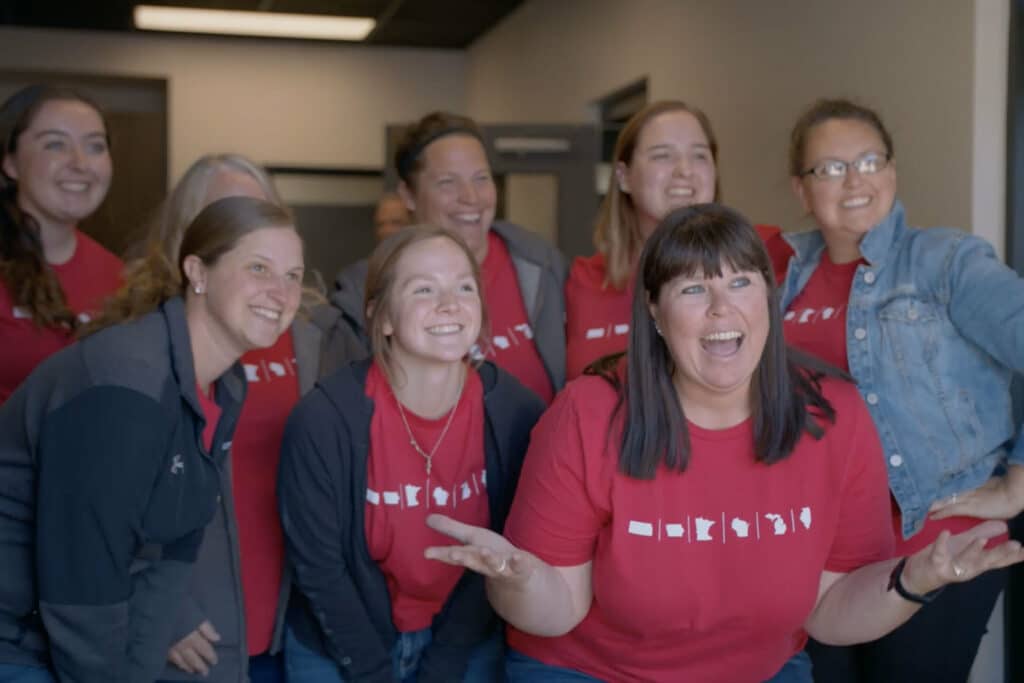
Despite what New York Times bestselling authors say. It’s important for our society and employees to know there is an option out there; to work for a place that truly cares about you, embraces you, connects with you and has your best interests at heart.
To make this meaningful, I have found the best way to do this is to tell their story.
Young: Dirk, we talk a lot and one thing that comes up when we are crafting your stories is the idea of a Hero’s Journey. Can you talk about the Hero’s Journey and how you apply it to what you do?
Beveridge: I love this topic. I think it’s transformative and essential for all sales and marketers to understand. The Hero’s Journey is a concept and a framework developed by the gentleman by the name of Joseph Campbell, a writer, philosopher and professor who has studied every religion. He’s studied myths. He has studied how stories have structured society. What he found is that all meaningful stories follow the same framework that he calls the Hero’s Journey. Think about stories like Hercules Choice. Study the story of Jesus and Buddha. Study the story of our country’s founding. What Joseph Campbell found is that these stories are all the same story with different settings and different context.
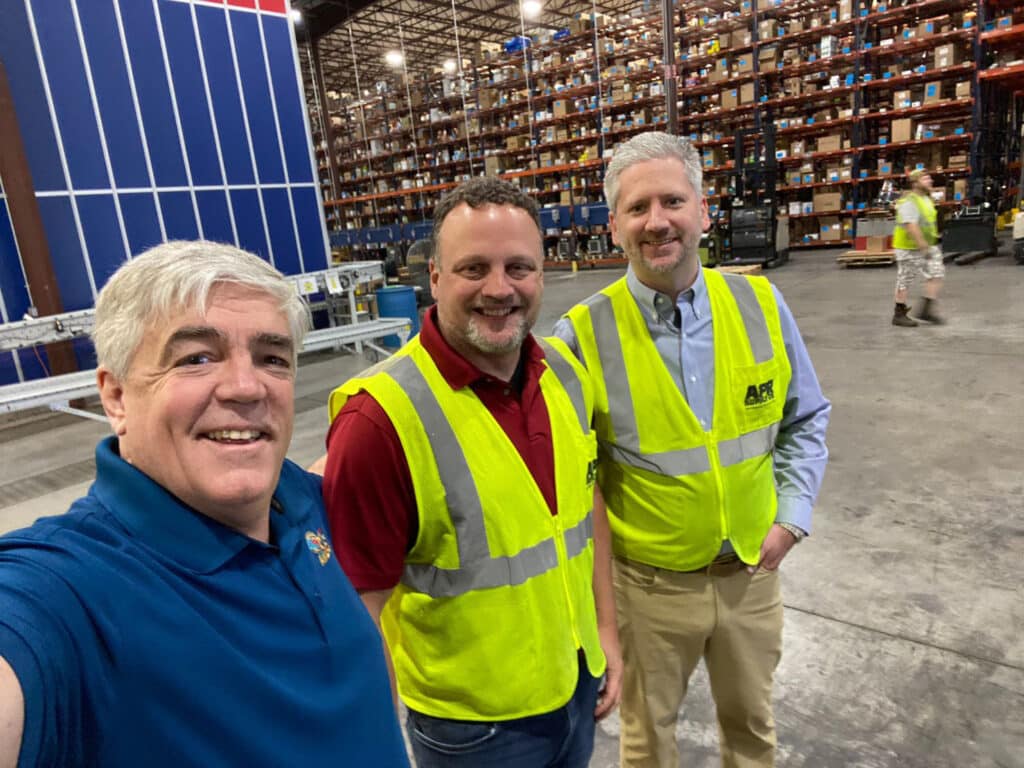
Let’s relate it to Star Wars. Luke Skywalker was home on his farm, life was good. But then, Darth Vader showed up. Luke was called to an adventure of some sort. We all are but often we are reluctant to go because we don’t believe in ourselves, or we are too busy, or we don’t know the next step. In the Hero’s Journey, we do answer the call to adventure and cross the chasm into the unknown. Luke faced challenges. He found a mentor, Yoda, to help guide him to the next step. He defeated these challenges; he saved the world. But the Hero’s Journey is not over for Luke Skywalker. The hero always shares their newfound wisdom with others to better society.
From a sales and marketing perspective, the Hero’s Journey tells us that great stories lead people to transformation. Great stories show that betterment is possible. In our sales and marketing efforts, we always put the customer at the center of the story. How do we make that prospect the hero of their journey? How do we get those case studies and get close enough to these customers to truly understand the chasm they are trying to cross? How do we position ourselves as the Yoda, but make them the hero?
Young: What is your advice to people who want to share their stories or get to the heart of their customers’ stories?
Beveridge: That’s a great question and what comes to mind is the concept of unique ability. Unique ability says we are great at something but we may not see our greatness because it comes naturally. One of my favorite podcasts, 99% Invisible, is about the untold stories of things we take for granted.
Whenever you see something, you only see 1% of the story, you think you see it all. But 99% of that story is invisible.
First, be curious. Everyone has a story and it is an important story. Be curious to know their untold story.

Second, you have to care.
When you are calling on a purchasing agent, that’s a human being. When you call on a plant manager, that’s a human being. You have to absolutely care about humanity, people and individuals. Plato said, “Be kind, for everyone you meet is fighting a hard battle.”
Care about the individual and put them at the center of the conversation, make them the hero.
Third, look for the humanity in people. I don’t have tattoos and when I see someone with tattoos, I ask them what their favorite is. And they’ll tell me. Maybe this rose is for their grandmother or it signifies the loss of their brother or sister to suicide. You hear it all.
But the last thing I will say is to be authentic. Don’t use it as a tool or as a framework. Engage with people if you authentically want to understand where they are in their hero’s journey.
Be curious, care, look for the humanity in people and authentically want to connect with another human being. It makes our world a better place, and you can sell more product.
Young: Something you are really good at, and something I have learned to do over the years interviewing executives, is to be okay with silence. It can be tempting to fill in that white space. But sitting in it with them and letting them speak often leads to some profound revelations and the best stories.
You’re telling a lot of personal stories and whether someone is talking about the context of their work or their personal life, it’s all connected.
You have to absolutely care about humanity, people and individuals. Plato said, “Be kind, for everyone you meet is fighting a hard battle.”
Dirk Beveridge
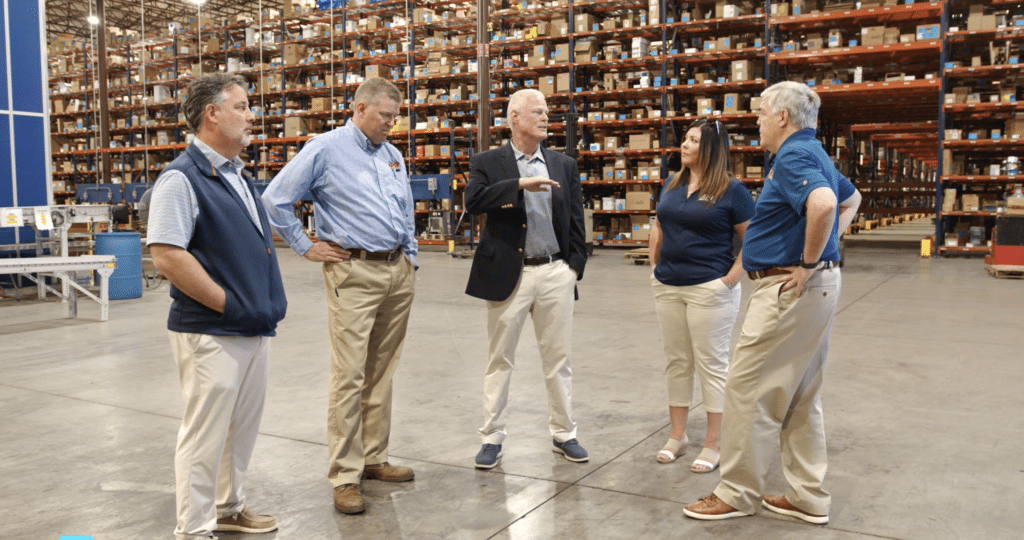
Beveridge: This journey we’ve been on since 2020 has been centered on four important words. When the pandemic began, my partner Bethany and I were on Zoom and we said, “What the heck are we going to do?”
We thought about what people were going to need as the world closed down and they were four words: insight, inspiration, connectedness and a hug.
How can we inspire them to think differently, to believe differently, to see a new path forward? How can we connect with the individual to say that I see you?
One of the brilliant things about these independent family- and employee-owned distribution businesses is they see their people, they hear their people, they are connected to their people. They ask, how can we hug our customers and let them know we’re in this together and I have this deep concern for you. Maybe there’s four words that we can think about as we become this master storyteller — Insight, Inspiration, Connectedness, and a Hug.
Young: This perfectly wraps up the opportunity that distributors have to include storytelling in the way they communicate their messaging. Most distributors I’ve met are humble. They keep their head down, work hard and help their customers. But there’s a big opportunity to better tell their stories and to tell the stories of their customers and show the world how they are a force for good in their communities.
3 Aspens Media Helps Businesses Share their Stories
Storytelling is an important tool in marketing your business. It helps to develop an emotional connection with your audience, differentiate your brand, communicate your values and earn trust through real-life experiences.
However, many businesses simply don’t have the time to invest in content creation strategies like this. Fortunately, it’s what we do. And we work side-by-side with you to create, deliver and distribute your stories and messaging, to help you attract, engage and grow new business.
3 Aspens Media filters the noise and builds strategies for businesses to use content as a vehicle to reach new customers and solidify existing relationships.
We infuse your business content with stories that speak directly to your audience, making sure you not only survive in a crowded market, but thrive.
How? We go directly to the source.
We perform original research and subject matter expert interviews to capture insights directly from your audience. Not only does this method authenticate storytelling, it powers your credibility in the industry.
These direct insights provide new and valuable perspectives on industry changes, opportunities and challenges affecting your customers and colleagues. Because we don’t simply rely on existing sources, these stories are more meaningful and impactful to your audience. Simply put, it cuts through the noise.
Learn what B2B companies can gain from original research, reports and content. >>
Visit our website or reach out to the interviewing and case study experts at info@3aspensmedia.com to learn more about our services and discuss your goals. We can help at any stage of case study creation, including interviewing, writing and design.

